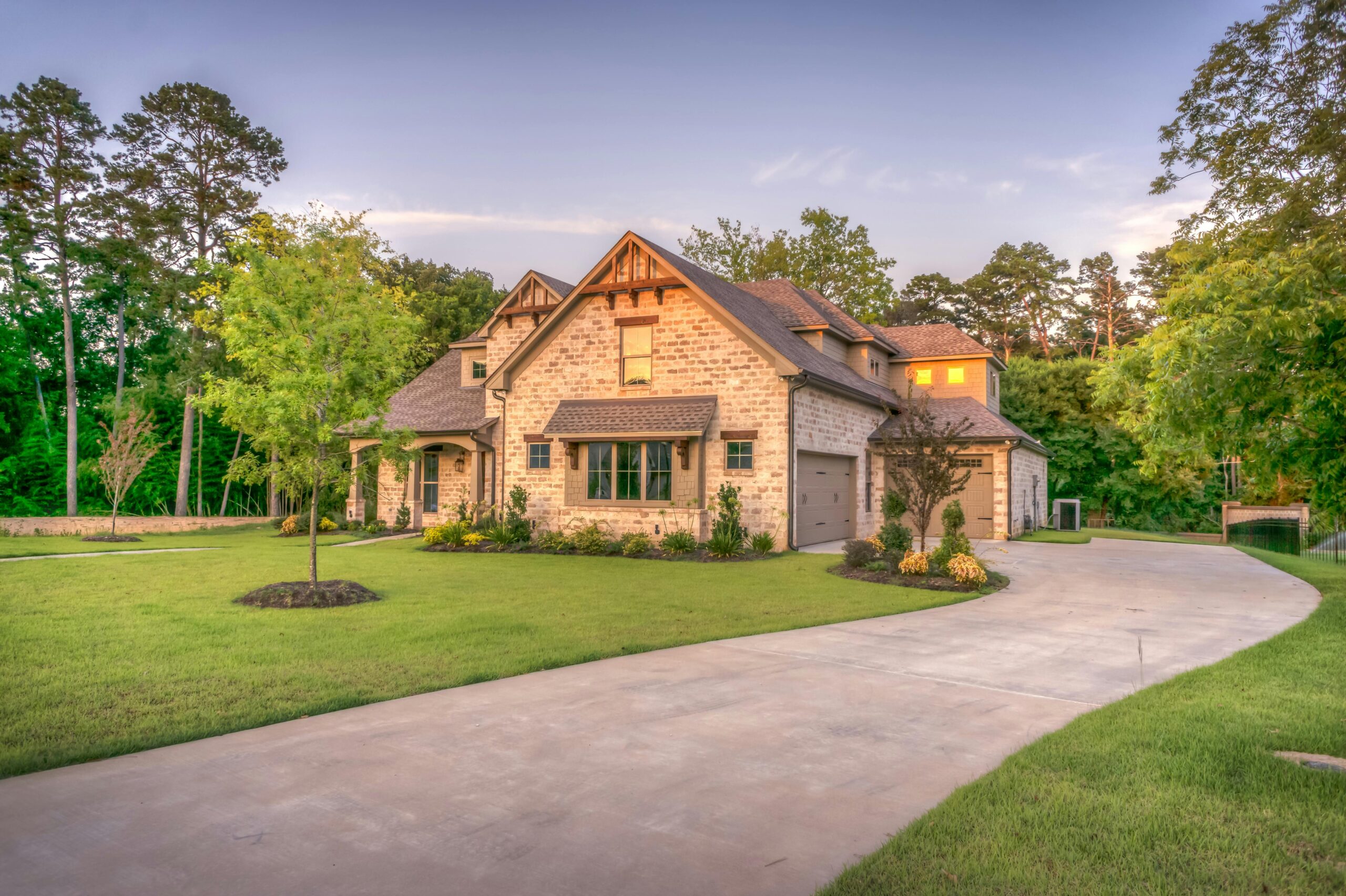
As the grape harvest winds down and fall arrives in Napa, CA, many homeowners shift their attention to the cozy comforts of the season. But behind the scenes, your home’s siding and trim could be hiding a dangerous problem: dry rot.
Caused by moisture-loving fungi, dry rot can quietly weaken your home’s structure, turning strong wood into soft, crumbly fibers. And once Napa’s fall rains arrive, the damage accelerates quickly.
The good news? With a little know-how and timely action, you can prevent dry rot from spreading—and protect your home’s value and safety.
1. What Is Dry Rot, and Why Does It Matter?
Dry rot is a type of wood decay caused by fungi that thrive in moist conditions. While the name suggests dryness, it actually needs moisture + warmth + oxygen to get started.
Left unchecked, dry rot can:
- Compromise siding, window frames, and decks
- Spread into the structural framing of your home
- Lower your home’s resale value
- Create costly repairs down the line
In Napa’s mix of hot summers and damp winters, the cycle of expansion, contraction, and moisture makes homes especially vulnerable.
2. Common Signs of Dry Rot in Napa Homes
Before the rains set in, do a careful walk-around inspection. Look for:
- Peeling or bubbled paint – often a sign of trapped moisture
- Soft, spongy siding or trim – wood that gives under pressure
- Cracks or gaps in caulking around windows and doors
- Discoloration – brown, gray, or darker patches in wood
- Fungal growth – cobweb-like fibers or mushroom-like spots
These symptoms often appear near gutters, downspouts, decks, and window trim—the areas most exposed to water.
3. Why Fall Is the Perfect Time to Address Dry Rot
🍂 Mild Weather for Repairs
Caulks, paints, and siding adhesives perform best in moderate temperatures—not Napa’s summer heat or winter chill.
💧 Preventing Rain Damage
Fixing issues before the rainy season keeps water from seeping into damaged areas and making rot worse.
📅 Avoiding Emergency Repairs
Small fixes in October are far less expensive than emergency calls in January when leaks have already spread.
4. Best Prevention Strategies for Napa Homeowners
✅ Upgrade to Rot-Resistant Siding
Fiber cement siding (like James Hardie) and engineered wood (like LP SmartSide) don’t rot, swell, or warp.
✅ Seal Gaps and Joints
Use high-quality caulk around windows, doors, and trim to block water intrusion.
✅ Maintain Gutters and Drainage
Clogged gutters are a leading cause of dry rot. Clean them regularly and direct water away from your foundation.
✅ Repaint and Reseal Exposed Wood
Paint isn’t just for looks—it’s a moisture barrier. Keep exterior wood sealed to reduce risk.
✅ Inspect Annually
A quick yearly inspection can catch small issues before they escalate.
5. When to Call in the Pros
DIY fixes work for minor issues, but if you notice widespread softness, cracked panels, or rot under paint, it’s time to call a contractor.
At 3 Generations Improvements, we’ve helped countless Napa homeowners eliminate dry rot while upgrading to low-maintenance, fire-resistant siding. We’ll give you an honest evaluation and options that fit your budget and style.
Don’t wait until Napa’s rains expose hidden problems. By inspecting your siding now, sealing gaps, and upgrading to rot-resistant materials, you can keep your home looking beautiful—and standing strong—for decades to come.
📞 Call 3 Generations Improvements today for a free dry rot inspection.
🌐 www.3ghomeimprovements.com

